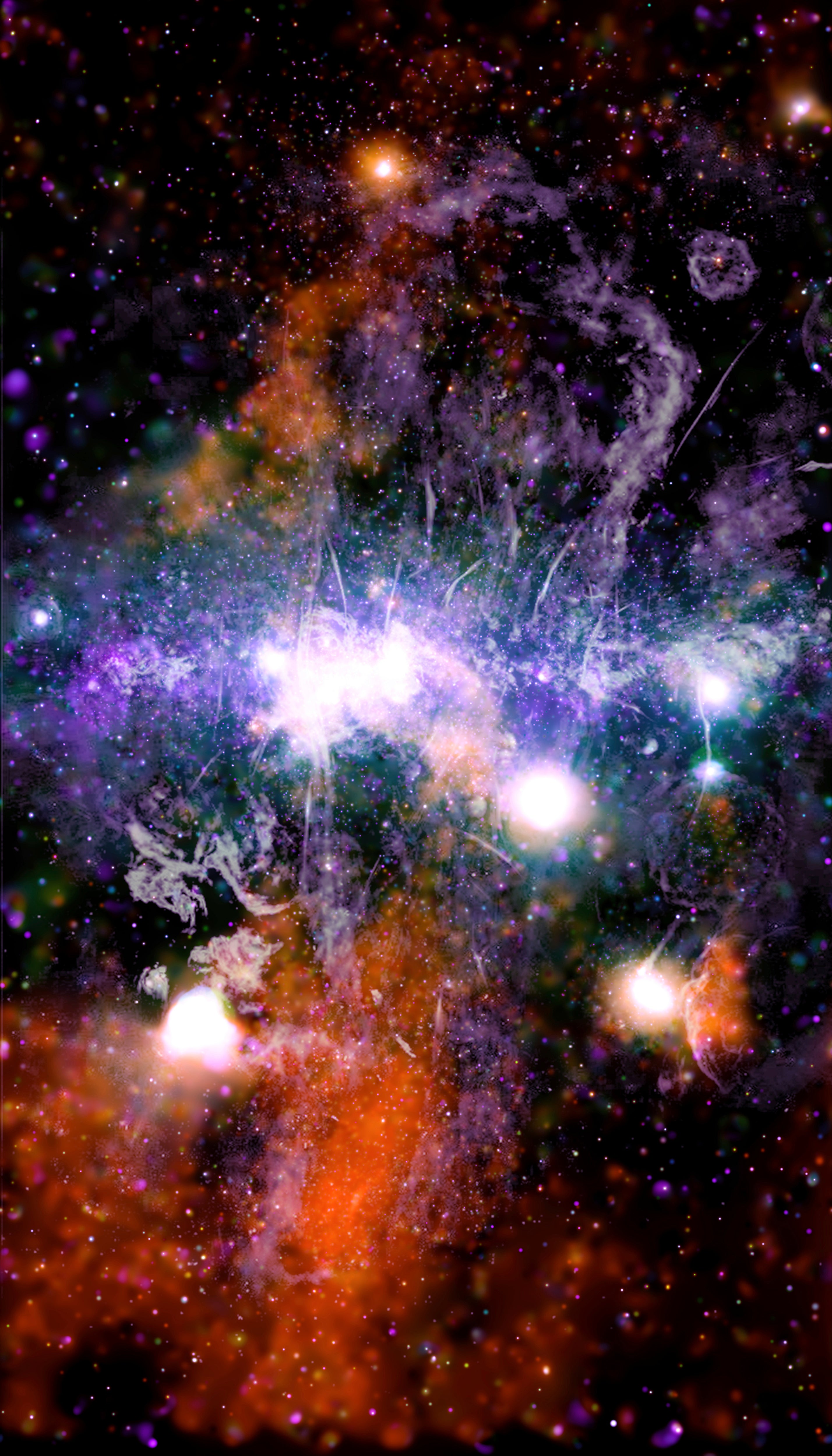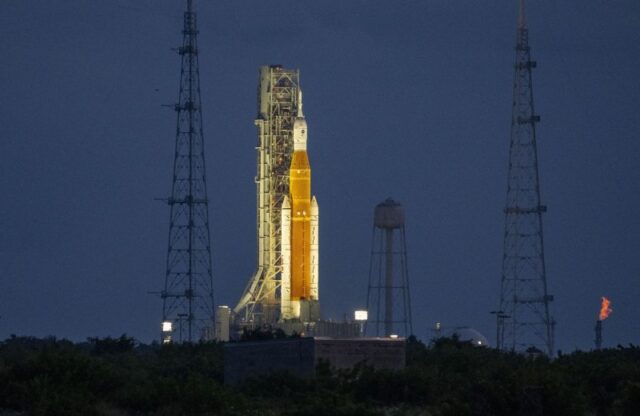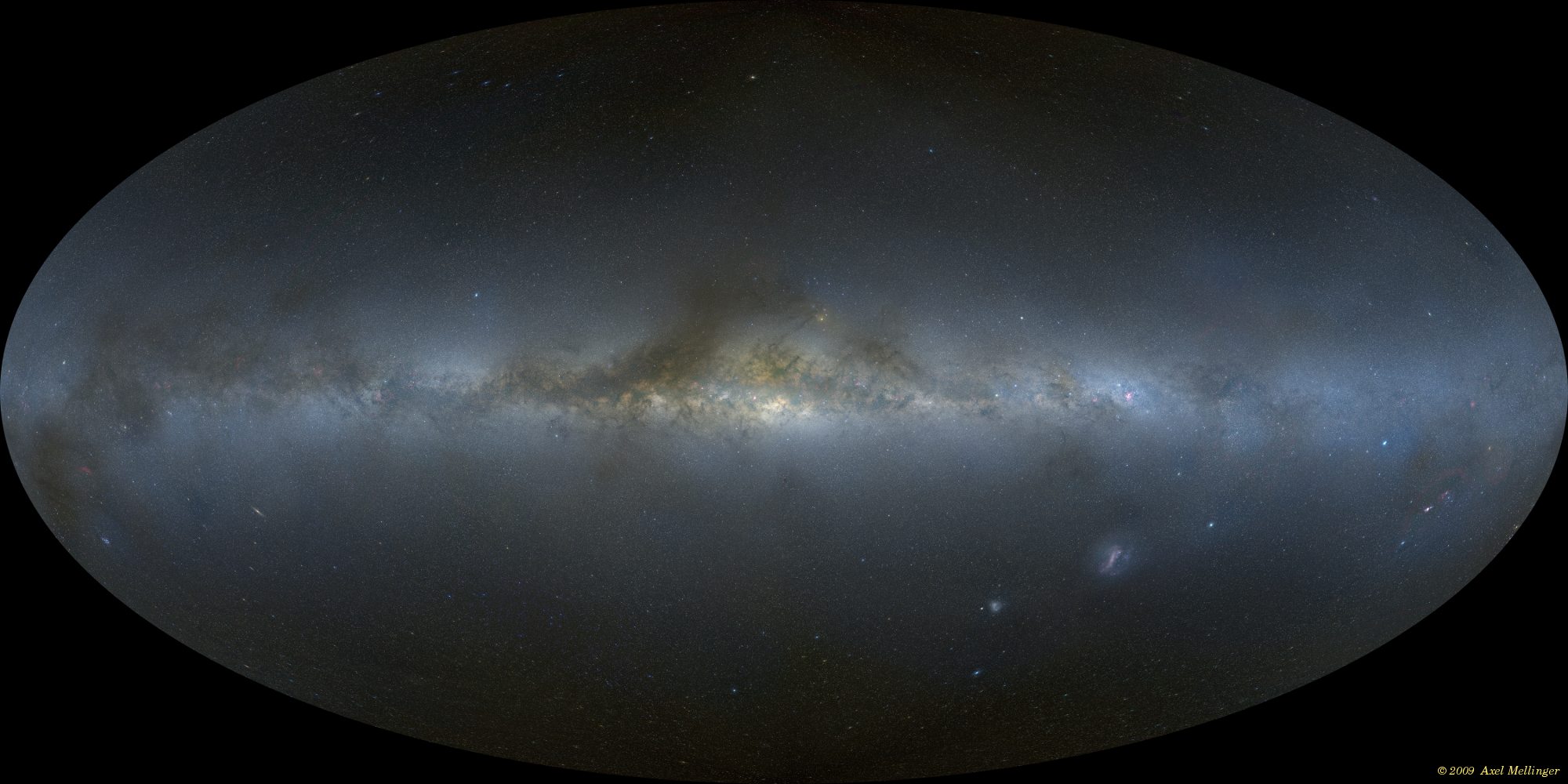
"We're trying to just keep our eyes on the prize and finish these checkouts and then get going,' Mr Vasavada said. Engineers still have to test the rover's robotic arm and drill later this month before giving the keys to scientists.
#Nasa picture of the day panoramic upgrade#
It just completed an upgrade to its computers and planned to take its first, albeit short, test drive in several days. As the most complex spacecraft sent to Mars, it landed using a novel routine that involved lowering it to the surface by cables. Along the way, the six-wheel rover will make pit stops to study interesting rocks and scoop up soil.īefore Curiosity can explore, it has to go through a laborious check of its tools and systems.

Vasavada estimated it'll take a year to make the trip to the mountain driving about the length of a football field a day. The team identified half a dozen potential paths through buttes and mesas that are reminiscent of the southwestern United States. The pebble-strewn terrain where the rover landed appeared easy to traverse but the landscape gets more rugged the closer to Mount Sharp. Since landing in Gale Crater near the equator last week, the nuclear-powered rover has been busy getting a head-to-wheel health checkup while parked.īird's eye view: This photo provided by Nasa shows the area where the Curiosity rover is currently, in the Gale crater

The new photos were released by Nasa, which revealed that it was mapping out possible driving routes to a Martian mountain. Meanwhile, the rover beamed several more incredible images from the surface of the red planet on Tuesday, nine days after it touched down there. With the image, which appears on, anyone can clearly see the terrain of Mars as if they were standing on top of Curiosity. The image was put together by web developer and panographer Andrew Bodrov, who has done the same with world landmarks like the Sphinx in Egypt and Moscow's Red SquareĬuriosity rover: Martian solar day 2 in New Mexico

The app is available in the iOS App Store.Now that Curiosity is stationed on Mars, stunning images of the red planet keep on coming - but nothing like this.Ī panoramic photo from Curiosity has been used to create an interactive image that allows a user to navigate around the planet's surface just as easily as you would with Google Earth. The app is still in its infancy, as it was quickly developed ‘over a few evenings’ as part of a personal hackathon, so if you do come across the bug, just report it to the developer through the app’s settings. You can also browse through the Astronomy Picture of the Day by date and even tap the ‘Random’ button that will surprise you from a past image. If you want additional information on the image being displayed, you can tap on the widget and it will take you into the app, where you’ll see the image’s title, the date it was released and the description provided by NASA. You can pick between the APOD, a random APOD from the past or a collection of Favorite APOD images you've saved. The widget offers the option to show the current APOD, a random APOD or cycle through a collection of your favorite APOD images you’ve marked within the app.

You can customize the widget to show up as a 2x2 square, 2x4 rectangle or a 4x4 square to squeeze it into whatever homescreen setup you’ve customized.
#Nasa picture of the day panoramic download#
The aptly named APOD app, which is free to download (and ad-free), will refresh every day with the latest image(s) from NASA’s APOD feed. Inspired by a widget from iOS Reddit client Apollo, developer Mark Hambly decided to make his own to show off the beautiful astrophotography of NASA’s Astronomy Picture of the Day (APOD) project.Ī collection of various layouts you can achieve using the new widgets in iOS 14. With the release of Apple’s iOS 14, users can finally add widgets to their homescreen and subsequent pages, paving the way for unique ways to customize your iOS device.


 0 kommentar(er)
0 kommentar(er)
